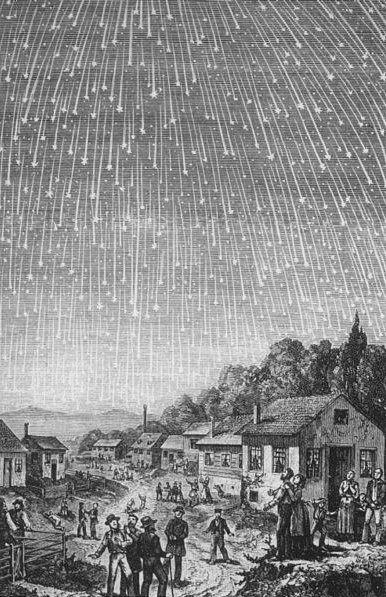The sharp instrument (spear, vero) whereby 'the main root' is separated could have been referred to by Metoro's hokohuki: ... Sacred product of the people's agriculture, the installation kava is brought forth in Lau by a representative of the native owners (mataqali Taqalevu), who proceeds to separate the main root in no ordinary way but by the violent thrusts of a sharp implement (probably, in the old time, a spear). Thus killed, the root (child of the land) is then passed to young men (warriors) of royal descent who, under the direction of a priest of the land, prepare and serve the ruler's cup ...
Matagi in front in Ca3-7 probably illustrates a kind of rainy flow from above: ... The water of the kava, however, has a different symbolic provenance. The classic Cakaudrove kava chant, performed at the Lau installation rites, refers to it as sacred rain water from the heavens... The 3 glyphs at the beginning of the manzil year are perhaps referring to the sky and the 3 glyphs at the end of Sheratan to earth. In Ca3-8 henua is open at the top and in Ca3-20 henua is open at bottom. 3 + 8 + 3 = 14. In the middle there are 8 nights illustrating, among other things, the place of 'separation' (kotiga):
I have no glyph type matagi, but I know Metoro used this word where there are 3 long 'fingers' hanging down from above, as for instance in Cb5-4:
The central vertical line of measurement in glyph 490 is 432 (= 6 * 72) days later than matagi ua in Ca3-7. After the separation (koti) the 'rat' (kiore) is in Ca3-13 united with earth (henua). Yet this is described also earlier, at the end of the manzil year:
The leaner figure in Ca3-4 is contrasted with the fatter figure in Ca3-13, and we can guess the fatter one refers to the coming summer. There are 6 feathers at left in Ca3-2, but 7 at left in Ca3-9. In K, we should remember, the very first glyph on side b also has kiore united with (kioe) henua:
In August 25 there can be counted 157 days from March 21 and this is the day after Gregorian day 236 (= 8 * 29½). The Chinese 26th station Extended Net covers 25 nights and evidently ends here:
|

























